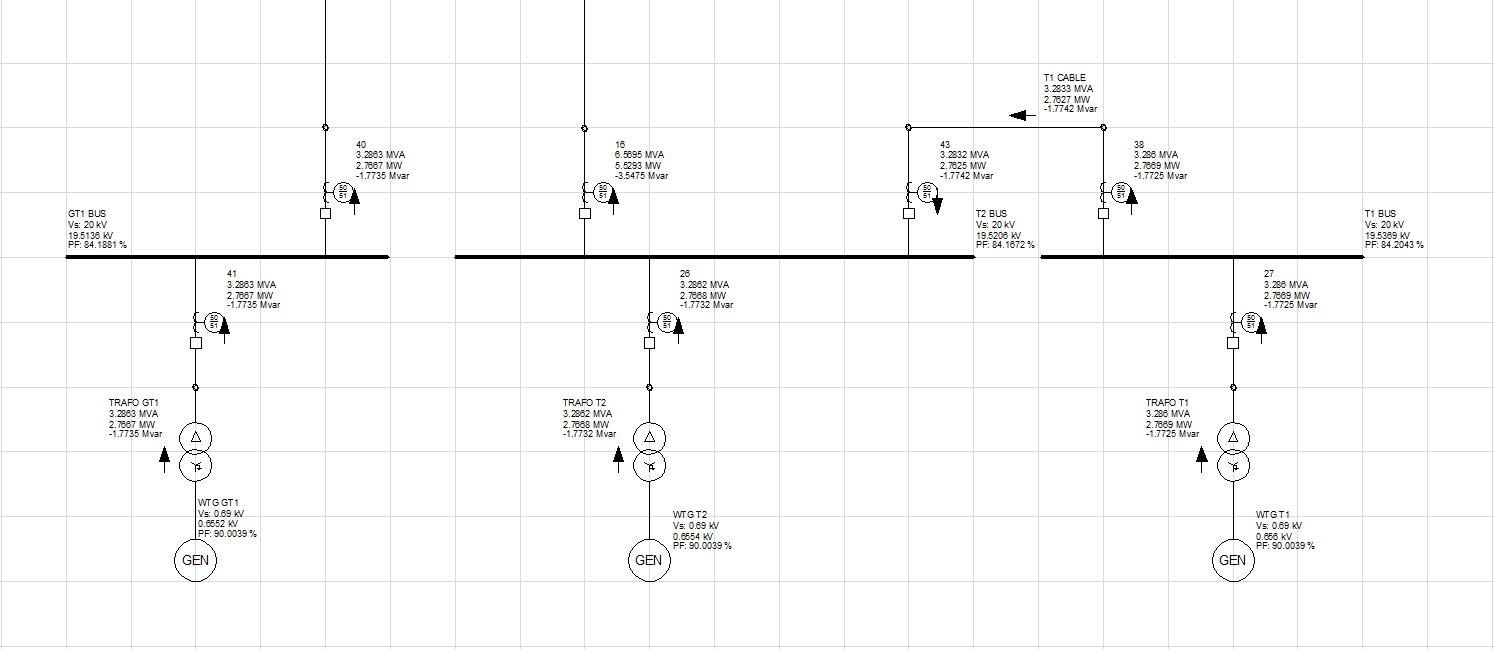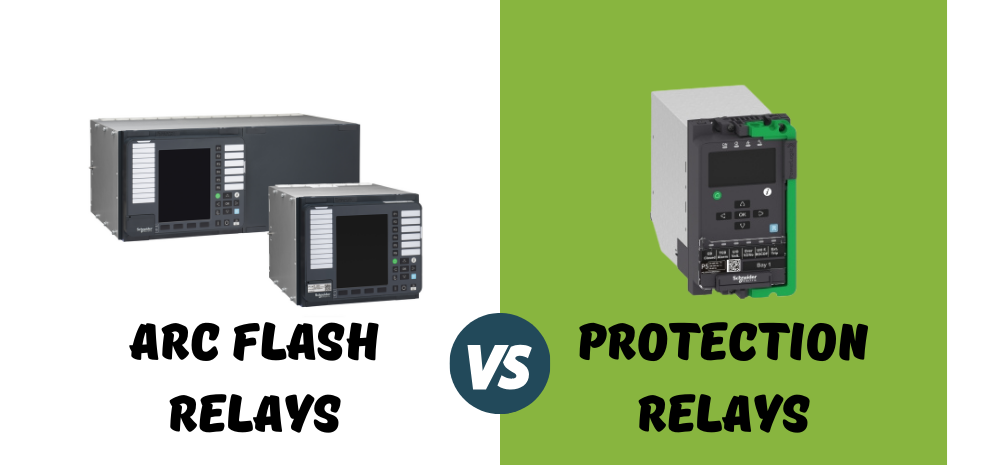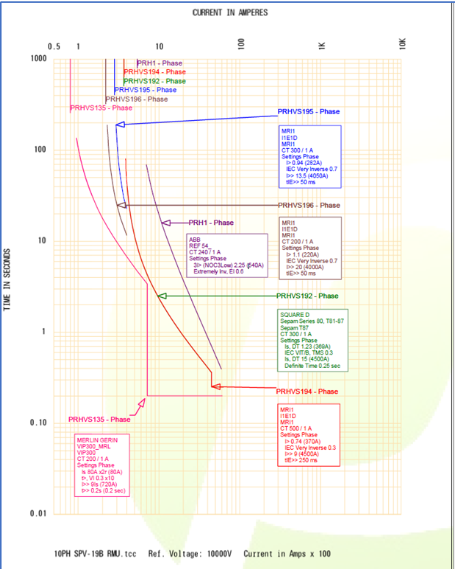Load Flow & Short Circuit Analysis: Ensuring System Protection and Reliability
Load flow analysis, also known as power flow analysis, is a steady-state analysis technique used to determine the voltage magnitudes, voltage angles, and power flows in an electrical network. Its primary objective is to calculate the steady-state operating conditions of the system, considering the active power (real power), reactive power, and power factor requirements. Load flow analysis helps in determining the loading conditions of transmission lines, transformers, and generators, and ensures that voltage levels are within acceptable limits.
Short circuit analysis, on the other hand, is performed to assess the behavior of a power system under fault conditions. A fault occurs when an abnormal condition, such as a short circuit or a ground fault, leads to an unintended flow of current in the power system. Short circuit analysis aims to calculate the fault levels and the impact of faults on the system’s protective devices. This analysis is vital for determining the adequacy of protection schemes and the selection of appropriate equipment.
Both load flow and short circuit analysis are essential components of power system modeling. They complement each other by providing a comprehensive understanding of the power system’s operating conditions and its response to faults. This analysis aids in system planning, expansion, and operation, enabling facilities to optimize their resources, enhance system reliability, and ensure the uninterrupted supply of electricity to consumers.
Benefits of conducting load flow & Short Circuit Analysis
- Design and coordinate protective devices, such as circuit breakers and relays, to ensure efficient fault clearance and system protection.
- Assess fault currents and durations to determine the optimal sizing and rating of power system equipment, enhancing its lifespan and performance.
- Enhance system reliability by identifying weak points, potential equipment overload, and vulnerabilities that may lead to cascading failures.
- Ensure compliance with industry standards and regulations, safeguarding the power system’s integrity and adhering to safety protocols.
- Identify areas of excessive loading, facilitating strategies such as load shedding, rerouting power flows, or installing reactive power compensation devices to manage congestion and improve system reliability.
- Evaluate the impact of integrating renewable energy sources into the power grid, optimizing their integration points, and managing system stability and reliability.
Load flow and short circuit analysis enable your ability to make informed decisions, ensure system reliability, and maintain the stability of electrical networks.
If you feel you could benefit from assistance in this area, feel free to reach out, we are happy to discuss this in more detail.













